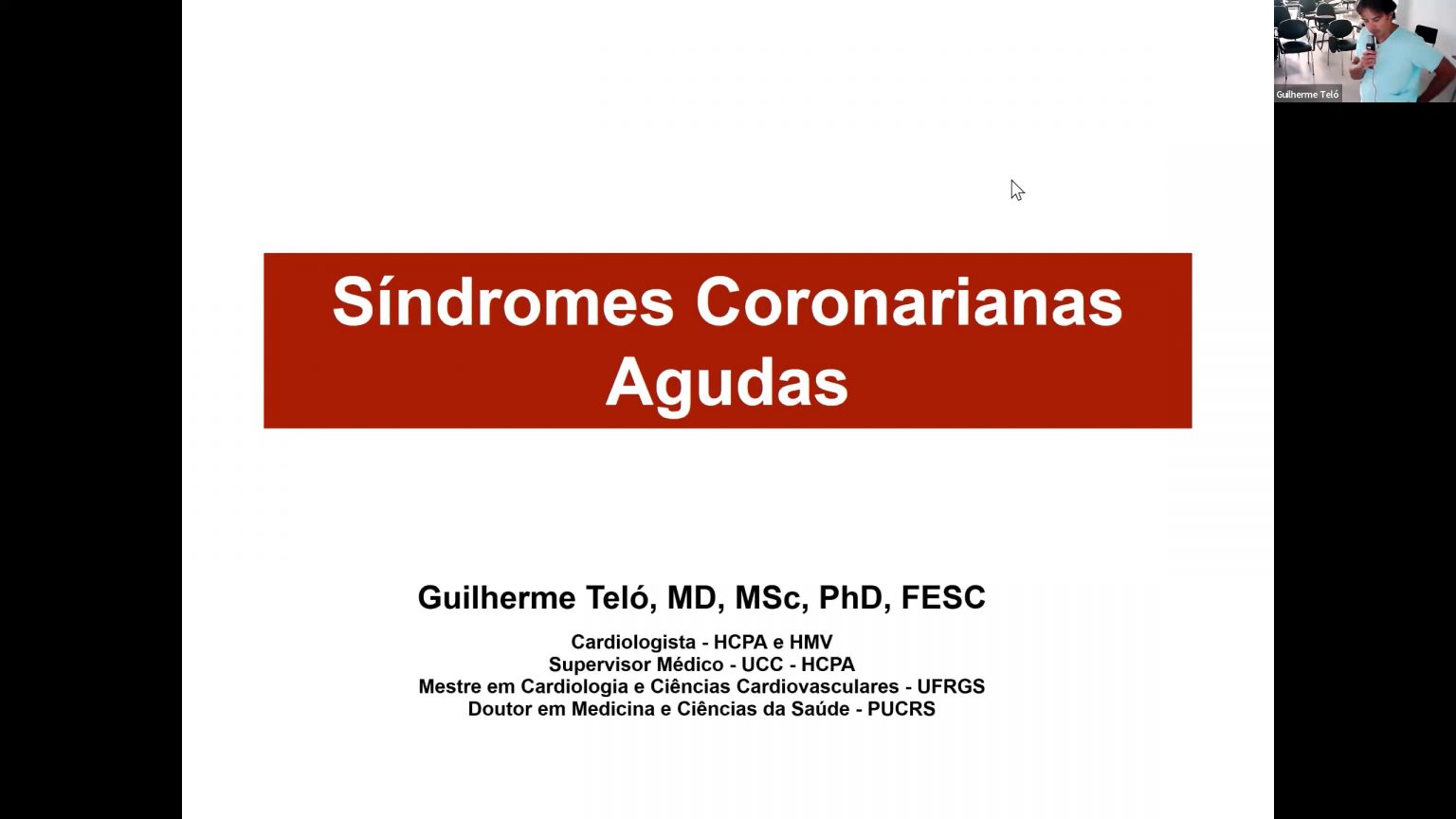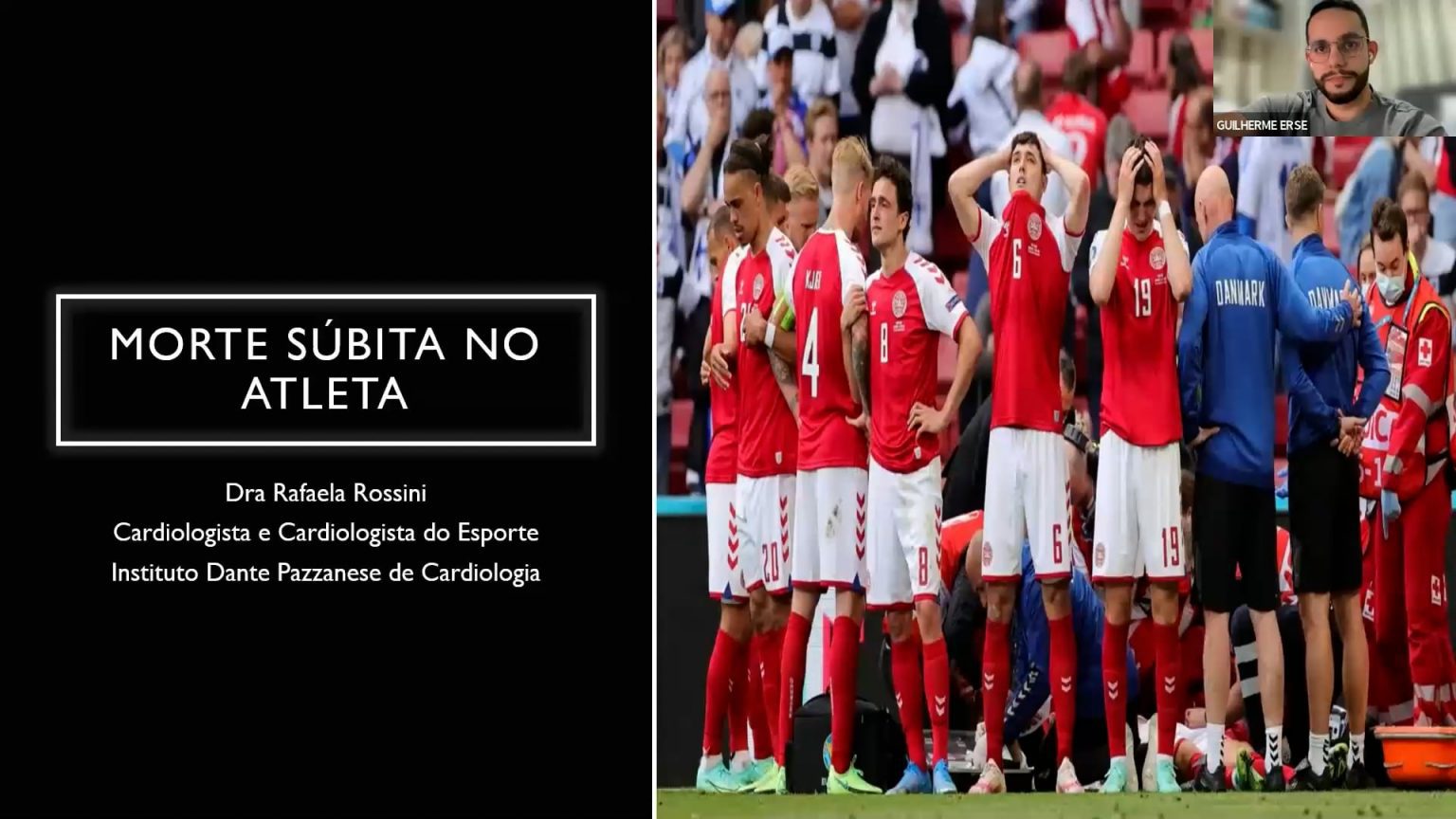Artigo
EHRA/HRS/APHRS/SOLAECE expert consensuson atrial cardiomyopathies: definition, characterization, and clinical implication
Introduction and definition of atrial cardiomyopathy
The atria provide an important contribution to cardiac function.1,2 Besides their impact on ventricular filling, they serve as a volume reservoir, host pacemaker cells and important parts of the cardiac conduction system (e.g. sinus node, AV node), and secrete natriuretic peptides like atrial natriuretic peptide (ANP) and brain natriuretic peptide (BNP) that regulate fluid homeostasis.
Atrial myocardium is affected by many cardiac and non-cardiac conditions3 and is, in some respects, more sensitive than ventricular.4 The atria are activated, besides the three specialized intermodal tracts,5,6 through working cardiomyocytes, so that any architectural or structural change in the atrial myocardium may cause significant electrophysiological disturbances. In addition, atrial cells (both cardiomyocytes and non cardiomyocyte elements like fibroblasts, endothelial cells, and neurons) react briskly and extensively to pathological stimuli3 and are susceptible to a range of genetic influences.7 Responses include atrial cardiomyocyte hypertrophy and contractile dysfunction, arrhythmogenic changes in cardiomyocyte ion-channel and transporter function, atrial fibroblast proliferation, hyperinnervation, and thrombogenic changes.2
Thus, atrial pathologies have a substantial impact on cardiac performance, arrhythmia occurrence, and stroke risk.1,8 Ventricular cardiomyopathies have been well classified; however, a definition and detailed analysis of ‘atrial cardiomyopathy’ is lacking from the literature. The purpose of the present consensus report, prepared by a working group with representation from the European Heart Rhythm Association (EHRA), the Heart Rhythm Society (HRS), the Asian Pacific Heart Rhythm Society (APHRS), and Sociedad Latino Americana de Estimulacion Cardiaca y Electrofisiologia (SOLAECE), was to define atrial cardiomyopathy, to review the relevant literature, and to consider the impact of atrial cardiomyopathies on arrhythmia management and stroke.
Compartilhar em:
Comentários
Cursos Relacionados
0
Conteúdos Relacionados
Comentários
Deixe um comentário Cancelar resposta
Você precisa fazer o login para publicar um comentário.












